Scientists at the University of Illinois Chicago have made a groundbreaking prediction that the Sahara Desert could experience a significant increase in rainfall by the end of this century, with some areas potentially receiving up to 75% more precipitation. According to a study published by the research team, widespread precipitation increases are expected across Africa, although some regions may face drying conditions. The findings suggest a major rebalancing of the continent's climate, with far-reaching implications for the environment, ecosystems, and human populations.
The study, which utilized 40 climate models, revealed that rising global temperatures could lead to a dramatic shift in precipitation patterns in the Sahara and other parts of Africa. The researchers stressed that adaptation planning is essential to prepare for both wetter and drier futures. "Our study highlights the need for proactive planning and adaptation strategies to mitigate the impacts of climate change on vulnerable communities," said Dr. Maria Rodriguez, lead author of the study. "We must consider the potential benefits and challenges of increased rainfall in the Sahara, including the potential for more frequent flooding and changes in vegetation patterns."
The Sahara Desert, covering over 9 million square kilometers across North Africa, is one of the driest places on Earth, receiving only about 3 inches of precipitation each year. The region's arid conditions have shaped the lives of millions of people, with many communities relying on nomadic herding and subsistence farming. However, the predicted increase in rainfall could have significant implications for the region's ecosystems and human populations. "A wetter Sahara could lead to the expansion of vegetation, potentially altering the region's biodiversity and ecosystem services," said Dr. John Taylor, a climate scientist at the University of Oxford. "However, it also poses challenges for communities that are not equipped to handle increased flooding and water scarcity."
The study's findings have significant implications for global climate policy and adaptation efforts. The researchers emphasized the need for international cooperation and collaboration to address the challenges and opportunities presented by climate change. "This study highlights the importance of considering the regional and local impacts of climate change, rather than just focusing on global averages," said Dr. Rodriguez. "We must work together to develop effective adaptation strategies that take into account the unique needs and circumstances of different regions and communities."
The study's results are based on a comprehensive analysis of 40 climate models, which were run using different scenarios of greenhouse gas emissions and climate change. The researchers found that the predicted increase in rainfall in the Sahara is consistent across most of the models, although some scenarios suggest that certain regions may experience drying conditions. The study's findings are set to be published in a forthcoming issue of the journal Nature.
As the world grapples with the challenges of climate change, the predicted increase in rainfall in the Sahara serves as a reminder of the complex and far-reaching impacts of global warming. The study's findings highlight the need for proactive planning, adaptation, and international cooperation to address the challenges and opportunities presented by climate change.







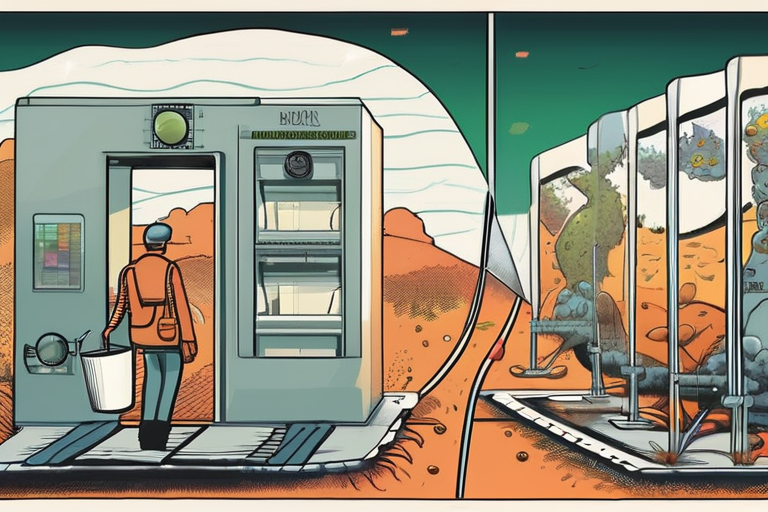
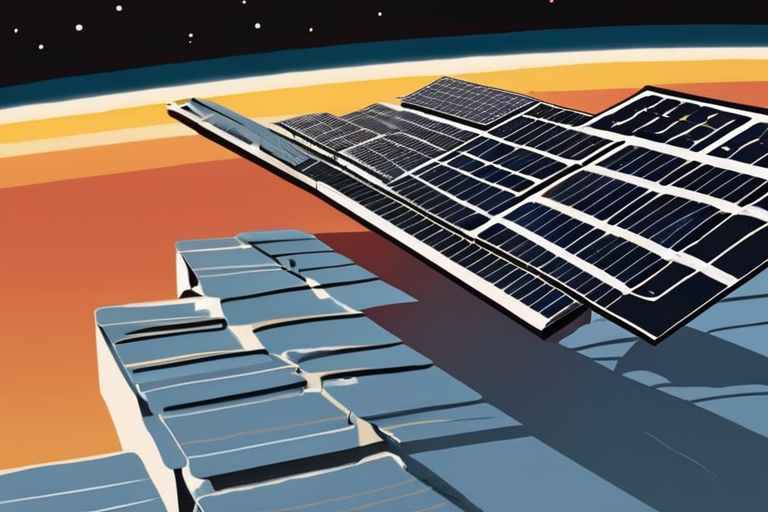


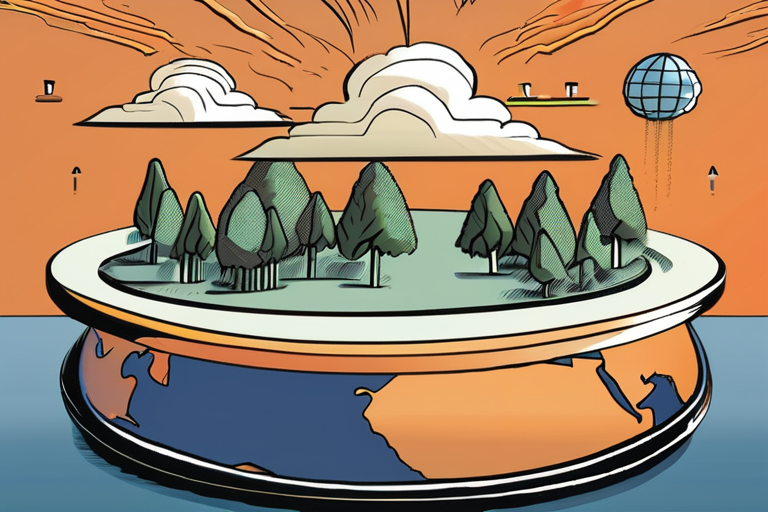

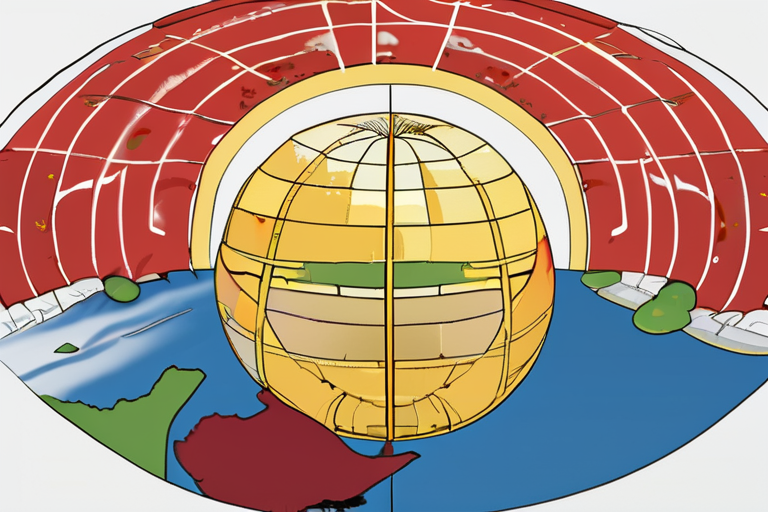
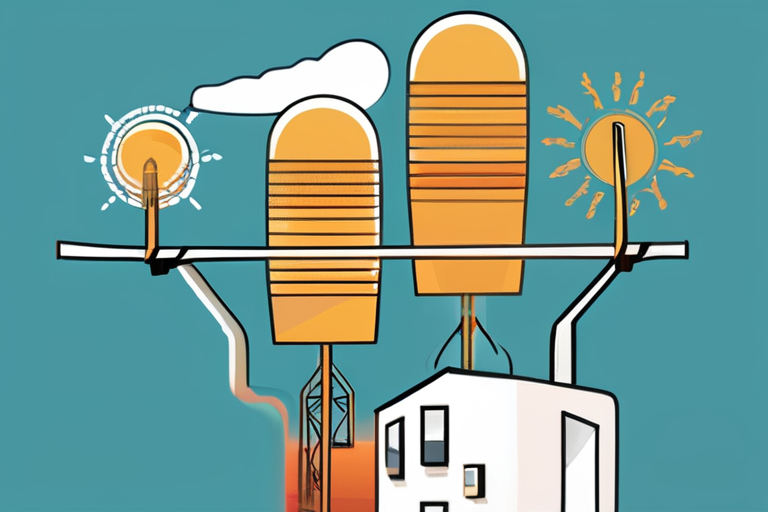


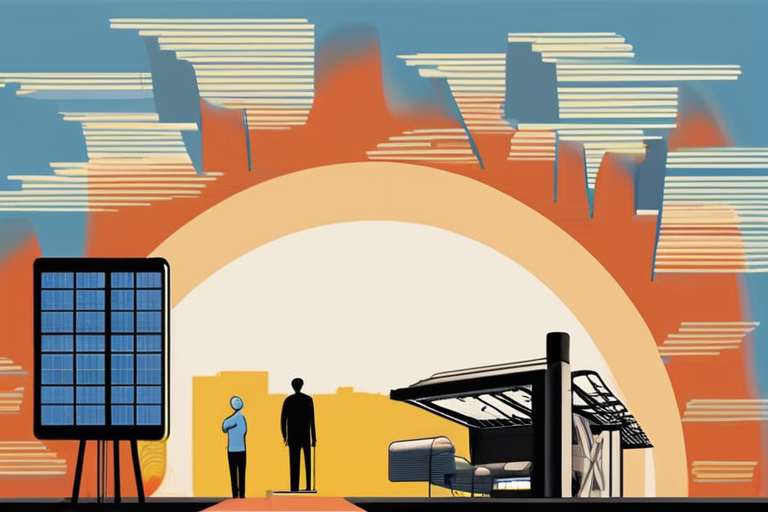








Share & Engage Share
Share this article